- Product
- Solution for
For Your Industry
- Plans & Pricing
- Company
- Resources
For Your Industry
In today’s hyper-competitive digital marketplace, staying ahead of competitors requires more than just setting attractive prices. Businesses need accurate, real-time insights into competitor pricing strategies to make data-driven decisions. Automated competitor tracking has become the cornerstone of effective price optimization and revenue growth. However, not all solutions deliver the same level of value. An underperforming price monitoring tool can lead to inaccurate insights, missed opportunities, and ultimately, lost revenue.
If you’re already using a price monitoring solution but aren’t seeing tangible results, it may be time to evaluate its effectiveness. In this article, we’ll cover five critical signs that your current price monitoring solution is failing, provide real-world examples, and explain what you should look for in a reliable automated competitor tracking system.

The foundation of any price monitoring solution is accurate, reliable data. If your tool frequently delivers incorrect or incomplete information, your business decisions are built on shaky ground. Inaccurate data can come in several forms:
Outdated Prices – Prices captured too late or updated too infrequently, leaving you behind competitors.
Mismatched Products – Inaccurate product matching leading to false comparisons.
Coverage Gaps – Missing critical competitors or SKUs in your dataset.
When inaccuracies slip into your automated competitor tracking system, it creates ripple effects across your pricing strategy. You might undercut unnecessarily, price yourself out of the market, or fail to capitalize on profitable opportunities.
Consider a fashion retailer that updates competitor prices only once every 48 hours. During a weekend flash sale, competitors reduce prices by 20%. The retailer misses the adjustment window, leading to lower conversion rates and lost buy box positions. By the time their solution updates, the opportunity has passed.
What to Look For Instead: A robust competitor tracking solution should ensure:
High product matching accuracy through advanced AI algorithms.
Frequent and reliable updates (ideally real-time or hourly).
Comprehensive coverage across your relevant product categories and competitors.
Every business has unique needs when it comes to competitor price monitoring. If your current solution locks you into rigid rules or fails to scale as you grow, it’s a sign of trouble.
Signs of poor customization include:
Lack of tailored reporting to match your KPIs.
Inability to track specific competitors or niche marketplaces.
Limited options for defining your own pricing rules.
As your product catalog grows, or as you expand into new regions and markets, your solution must scale with you. A system that struggles with larger data volumes or new market requirements will hold back your competitiveness.
A consumer electronics company expanded its catalog from 5,000 SKUs to 25,000 in one year. Their existing monitoring tool could not handle the increased volume, leading to skipped updates and incomplete reporting. As a result, their pricing team was forced to make manual adjustments, consuming valuable time and resources.
What to Look For Instead:
Flexible rules-based pricing adjustments aligned with your business strategy.
Ability to track local, regional, and global competitors.
Scalable infrastructure capable of handling thousands (or millions) of SKUs.
In fast-moving markets, delayed information is almost as bad as no information. If your competitor price monitoring tool only provides static reports or delayed updates, you’re always playing catch-up.
Problems caused by delayed insights:
Missing out on flash sales, discounts, or promotions.
Being too slow to react to competitor price drops.
Losing the buy box on marketplaces like Amazon.
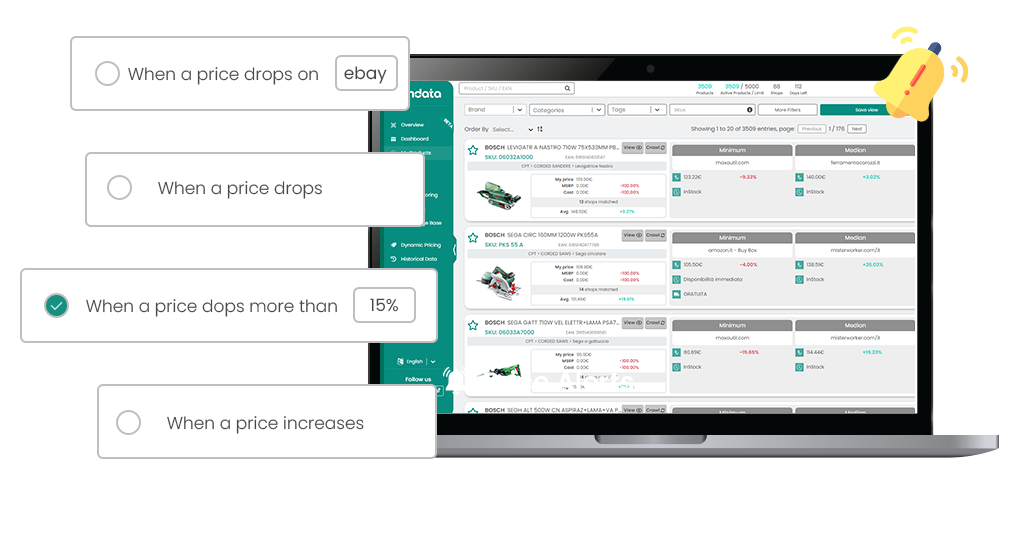
A 2023 eCommerce study found that retailers using real-time price monitoring solutions increased profit margins by 12%, compared to just 4% for those relying on weekly updates.
What to Look For Instead:
Real-time price tracking and automated alerts.
Dashboard views that give you immediate visibility into competitor moves.
Seamless integration with your repricing engine for instant adjustments.
Timely insights ensure you can adapt quickly, maintain your competitiveness, and protect margins.
A price monitoring solution shouldn’t operate in isolation. If your current tool doesn’t integrate well with your existing systems—such as ERP, CRM, or eCommerce platforms—you’ll face bottlenecks and inefficiencies.
Integration pain points include:
Manual data exports and uploads.
Difficulty syncing price data across multiple channels.
Fragmented workflows are causing delays in implementation.
A mid-sized home goods retailer struggled because their monitoring solution couldn’t integrate with Shopify. Pricing managers had to export CSV files daily and manually upload price changes, leading to errors and slow responses.
What to Look For Instead:
API-based integrations with your existing tools.
Seamless syncing across marketplaces, webshops, and other sales channels.
Automation capabilities that reduce manual work and improve operational efficiency.
A connected ecosystem ensures that pricing decisions flow effortlessly across your organization, from analysis to execution.
Imagine competing with a rival who frequently offers free shipping promotions. If your tool only tracks product price without considering shipping offers, you may incorrectly assume your prices are competitive, when in reality you’re losing sales.
What to Look For Instead:
Tools that combine pricing data with availability, promotions, and demand signals.
Historical and predictive analytics for long-term strategy.
Competitor benchmarking to evaluate positioning beyond price.
Price monitoring is crucial, but a truly powerful automated competitor tracking solution goes beyond just numbers. If your tool is only telling you what prices are, but not why or how competitors are moving, you’re only getting half the picture.
A weak solution may fail to provide:
Stock availability tracking (e.g., when a competitor runs out of inventory).
Promotional insights (e.g., bundles, discounts, shipping offers).
Historical trend analysis to identify competitor pricing strategies.
The eCommerce landscape is evolving rapidly, with customers demanding value, transparency, and speed. Businesses that rely on outdated or underperforming solutions risk falling behind. Automated competitor tracking not only keeps you in step with the market but also equips you to lead with smarter pricing strategies.
Stay competitive with real-time, accurate data.
Improve profitability by avoiding unnecessary discounts.
Save time through automation and seamless integrations.
Gain strategic intelligence to anticipate competitor moves.
According to Gartner, companies leveraging automated competitor tracking tools grow revenue 15–20% faster than those relying on manual or outdated systems.
When evaluating a new price monitoring tool, ask yourself the following questions:
Does it provide real-time, accurate, and comprehensive data?
Can it scale with my product catalog and market expansion?
Does it integrate seamlessly with my existing systems?
Does it deliver more than just prices (e.g., stock, promotions, trends)?
Can it automate actionable pricing decisions?
A solution that meets these criteria ensures sustainable growth, protects margins, and strengthens your market position.
When evaluating a new price monitoring tool, ask yourself the following questions:
Does it provide real-time, accurate, and comprehensive data?
Can it scale with my product catalog and market expansion?
Does it integrate seamlessly with my existing systems?
Does it deliver more than just prices (e.g., stock, promotions, trends)?
Can it automate actionable pricing decisions?
A solution that meets these criteria ensures sustainable growth, protects margins, and strengthens your market position.
Price monitoring is no longer optional—it’s essential for competing in today’s dynamic market. However, simply having a tool isn’t enough. If your solution is delivering inaccurate data, limited customization, slow insights, poor integrations, or insufficient competitive intelligence, it’s failing your business.
By investing in a robust automated competitor tracking system, you gain the clarity, speed, and intelligence needed to stay ahead. Don’t let outdated tools drag you down—upgrade to a solution that empowers your pricing strategy and strengthens your competitive edge.

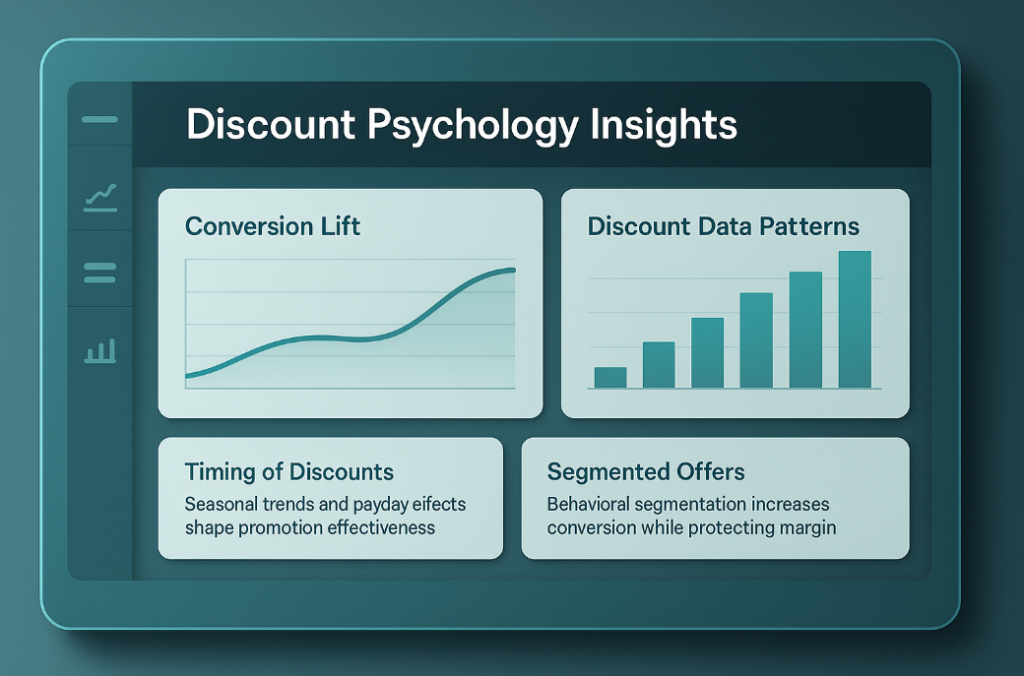
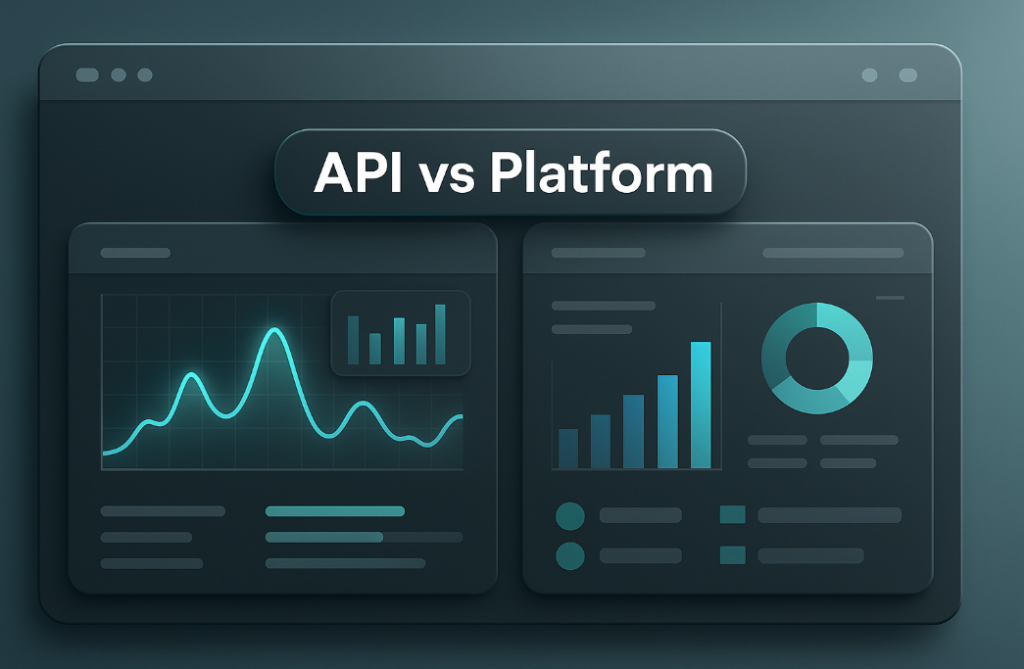
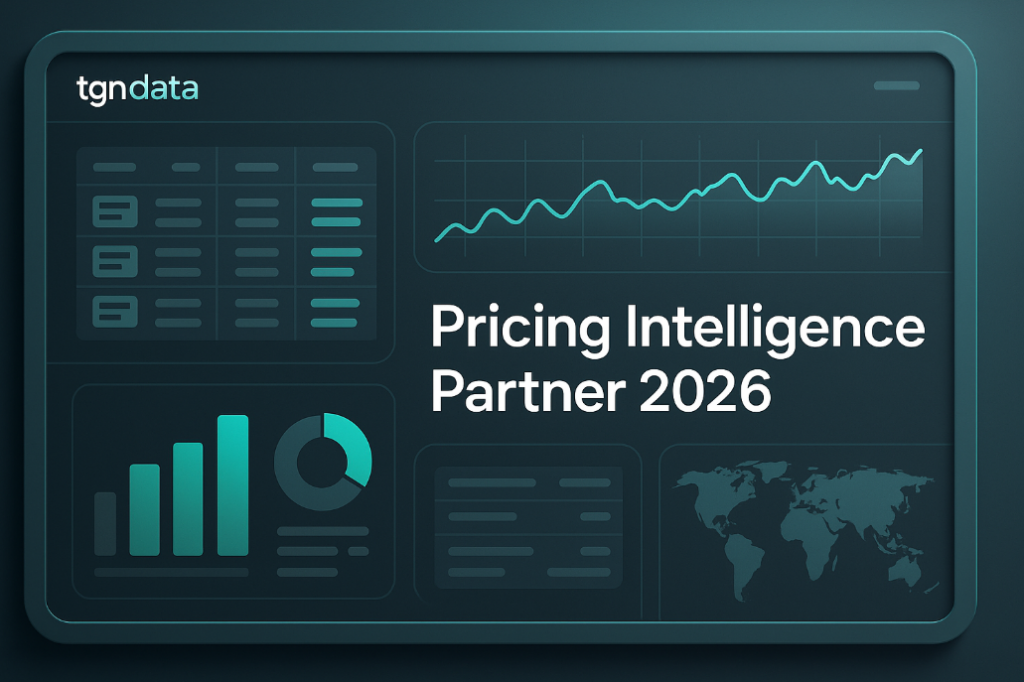
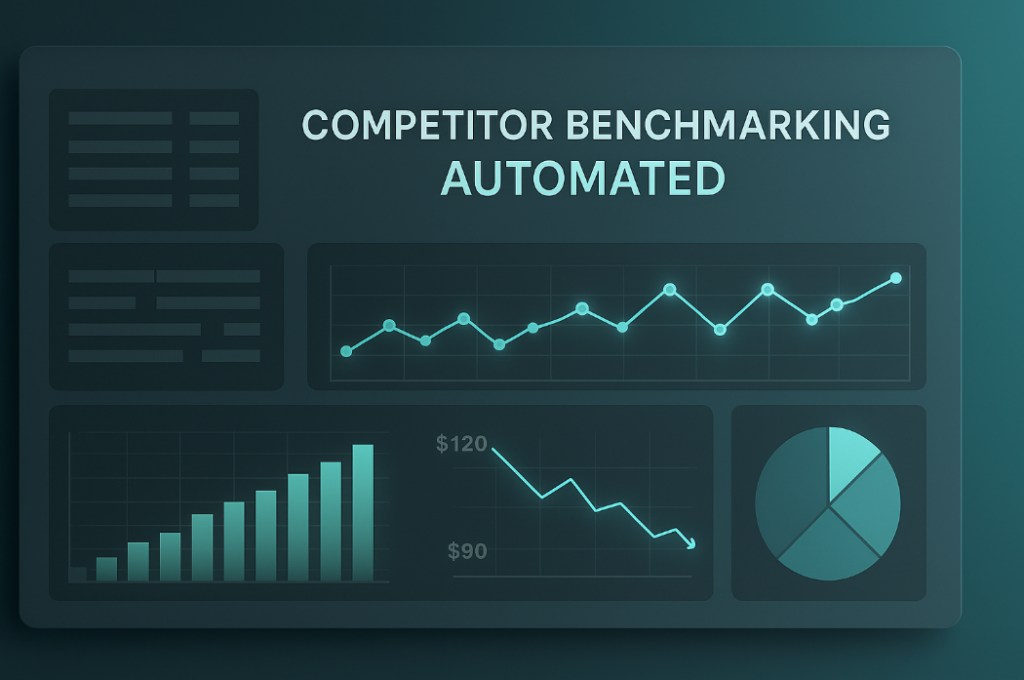
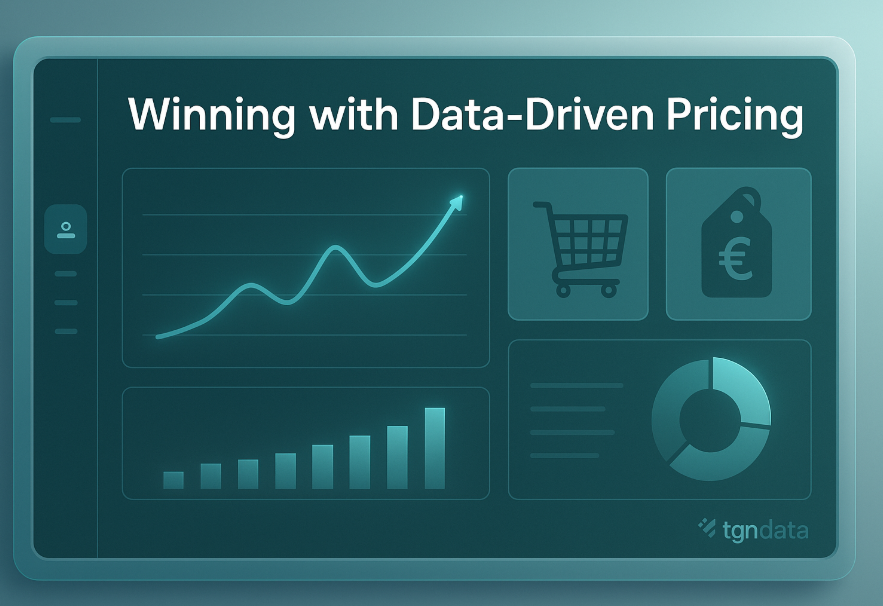
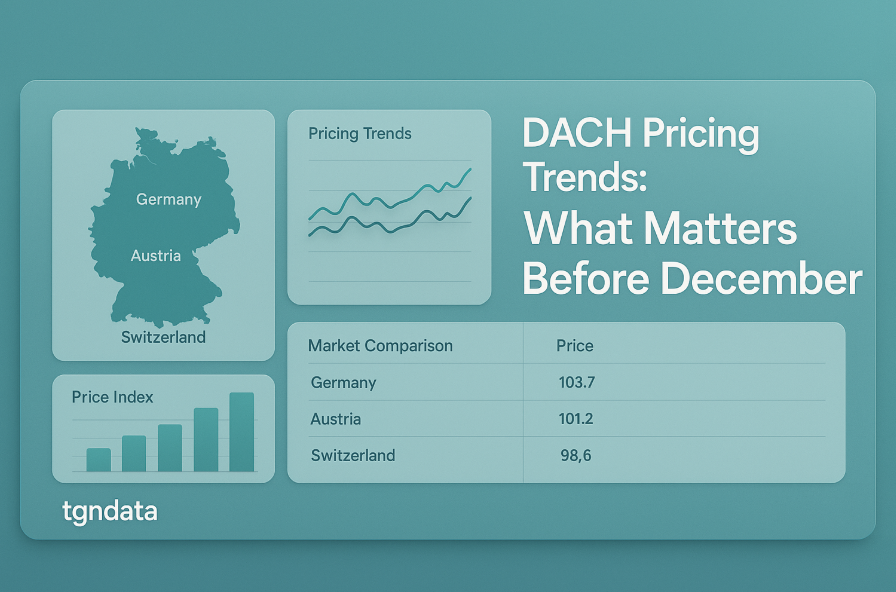






Missing an important marketplace?
Send us your request to add it!